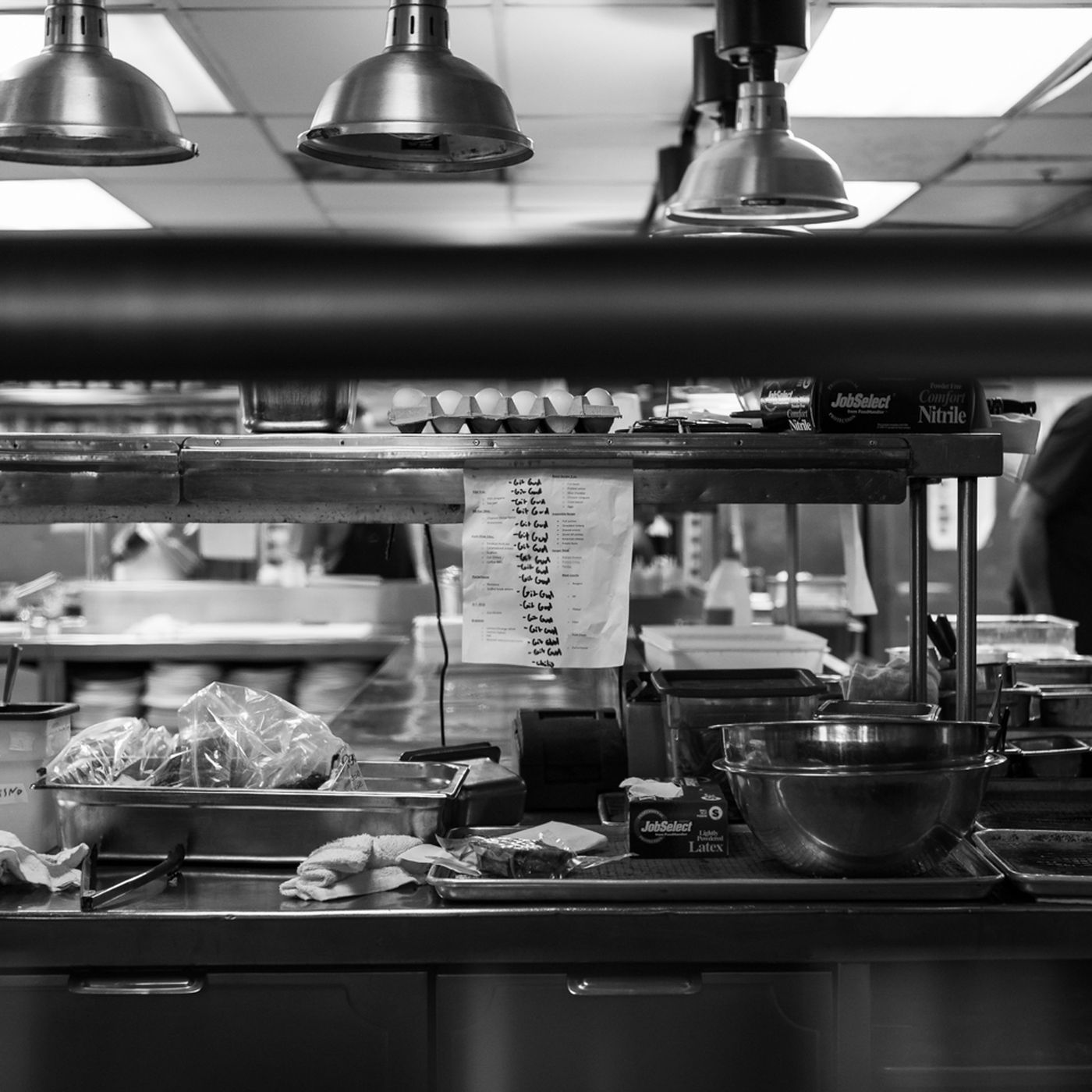A critical aspect of maintaining profitability and maintaining culinary standards in the restaurant industry is managing food costs. It takes strategic planning, meticulous inventory control, and creative approaches to optimize expenses without sacrificing the quality of the dishes served for chefs and restaurant managers to manage food costs effectively. This blog post will cover practical tips and tricks to control expenses in the kitchen for culinary professionals.
Analyze and Monitor Inventory Regularly
Effective cost management involves keeping a close eye on inventory levels. Identify trends, minimize waste, and prevent overstocking and understocking of ingredients by regularly tracking and analyzing inventory levels. By streamlining this process, you are able to control and forecast more effectively. This helps you to identify any inefficiencies and issues that may be causing cost increases, allowing you to make changes and adjustments to reduce costs. Additionally, it can help you to better plan for the future, as you will be able to more accurately anticipate what ingredients you will need and when.
Embrace Seasonal and Local Ingredients
Freshness and cost-savings can both be achieved by using seasonal produce and locally sourced ingredients. By using seasonal ingredients and favorable prices, chefs can create innovative menus while controlling expenses. Seasonal items are often more abundant and cost-effective. For instance, during the spring and summer, seasonal items such as zucchini, tomatoes, and strawberries can be found at a lower price than during other times of the year.
Optimize Menu Engineering and Pricing
In order to balance customer satisfaction with cost efficiency, menu engineering involves strategically positioning high-profit items and controlling portion sizes. For better profitability without compromising value, analyze menu items regularly, highlighting popular dishes and adjusting prices and portions accordingly. This helps to ensure that all items on the menu are profitable, and that the menu is appealing to customers. By analyzing menu items regularly, restaurants can identify which dishes are popular and adjust the prices and portions accordingly. This can ensure that customers get value for their money while still allowing the restaurant to make a profit.
Cultivate Relationships with Suppliers
Make sure you have strong relationships with suppliers so you can negotiate better prices, terms, and bulk discounts. Partner with specific vendors or explore alternative suppliers to ensure competitive pricing without sacrificing quality. Monitor supplier performance to ensure quality and timely delivery. Take advantage of new technology and automation to streamline processes and reduce costs. Regularly review your supplier agreements to ensure you’re getting the best deal.
Minimize Food Waste and Repurpose Ingredients
Use kitchen scraps for stocks, sauces, and garnishes, and use “nose-to-tail” or “root-to-stem” cooking methods to maximize the use of every ingredient, reducing waste. For example, you can make stock from bones, vegetables, and herbs, and you can make pesto from the stems of herbs. You can also grind leftover bread into breadcrumbs and use them as a topping for dishes.
Train Staff on Cost-Conscious Practices
Make kitchen staff aware of the importance of cost management and the impact of minimizing waste. Encourage them to take part in cost-saving initiatives, such as portion control, proper storage techniques, and efficient ingredient usage. Offer incentives, such as bonuses or rewards, for successful cost management. Monitor their progress and provide feedback to ensure that initiatives are on track. Provide training to ensure that kitchen staff are aware of best practices for cost management.
Implement Standardized Recipes and Portion Control
Maintaining consistency and controlling food costs requires standardized recipes and portion control. Make sure that recipes are accurately documented and followed, emphasizing precise measurements and portion sizes. This will ensure your food is prepared consistently and that food costs are controlled. Additionally, this will also ensure customer satisfaction as customers will be able to consistently experience the same product. For example, a restaurant may use a template that includes a list of ingredients and instructions to prepare each dish to ensure accuracy and consistency. For instance, a restaurant may use a template with a section for ingredients, a section for preparation instructions, and a section for a list of equipment needed to prepare the dish.
Monitor and Adjust Cost-to-Sales Ratios
Assess the efficiency of cost management efforts by regularly monitoring cost-to-sales ratios. Analyze reports to identify opportunities for improvement and make informed decisions regarding menu adjustments, pricing adjustments, or supplier negotiations.
Conclusion
A restaurant kitchen needs to balance financial prudence with culinary excellence in order to manage food costs effectively. It’s possible for chefs and restaurant managers to manage food cost effectively by tracking inventory, embracing seasonal ingredients, optimizing menus, cultivating supplier relationships, minimizing waste, training staff, standardized recipes, and monitoring cost-to-sales ratios.
The key isn’t just cutting costs, it’s also maintaining the quality and integrity of the cuisine. By striking this delicate balance, you’ll be able to sustain profitability while delighting customers. Culinary professionals can steer their kitchens toward greater financial efficiency by applying these techniques strategically and with a proactive approach.




